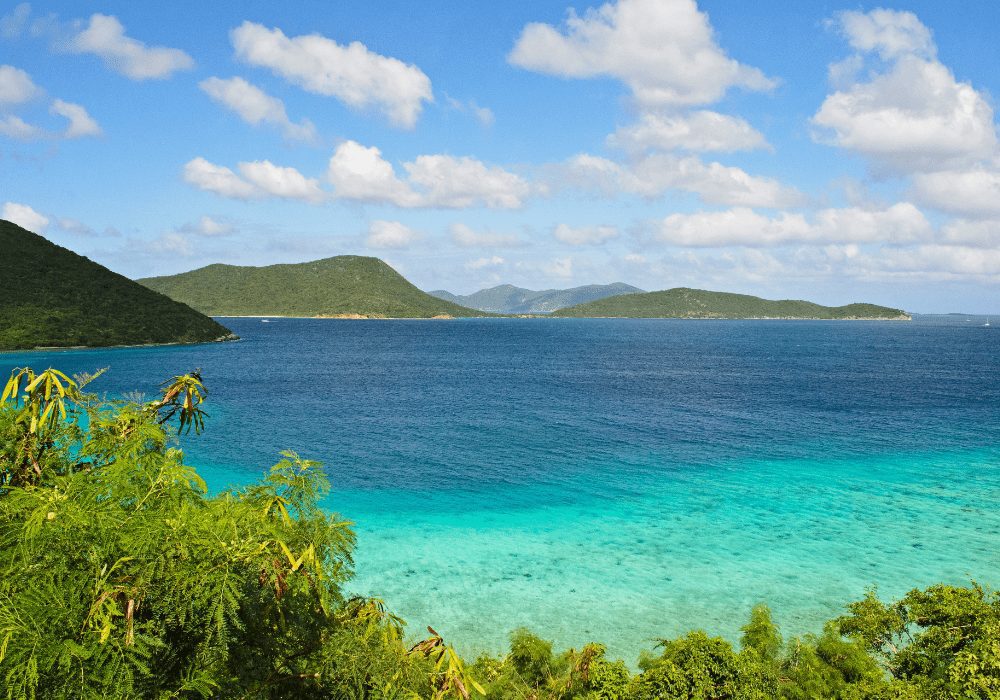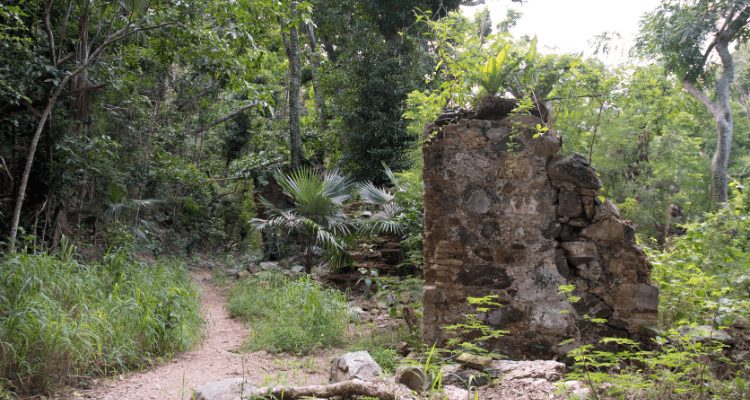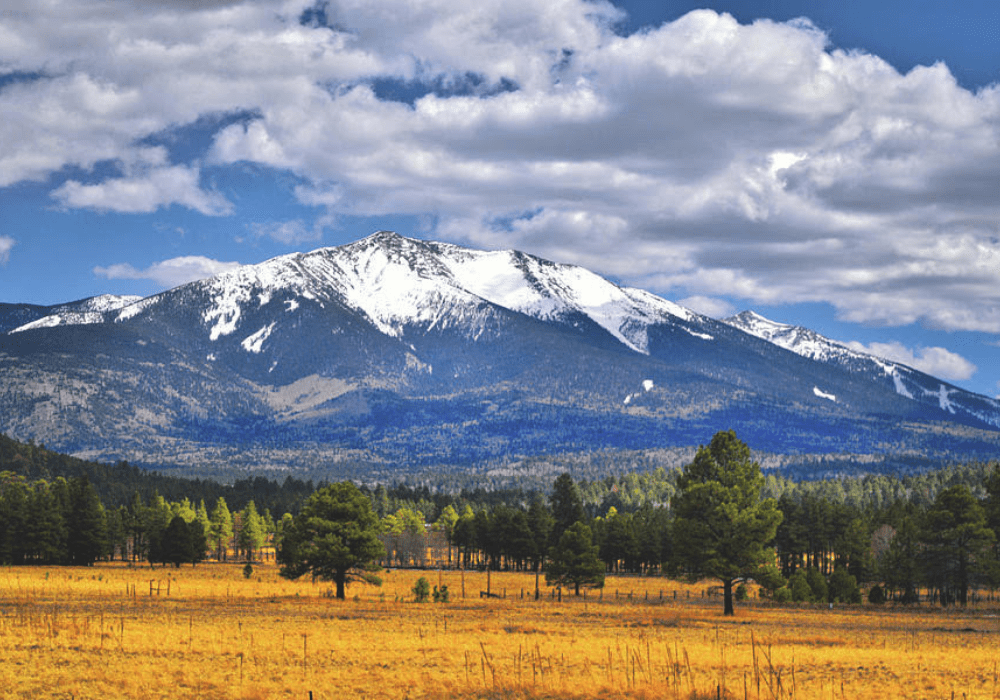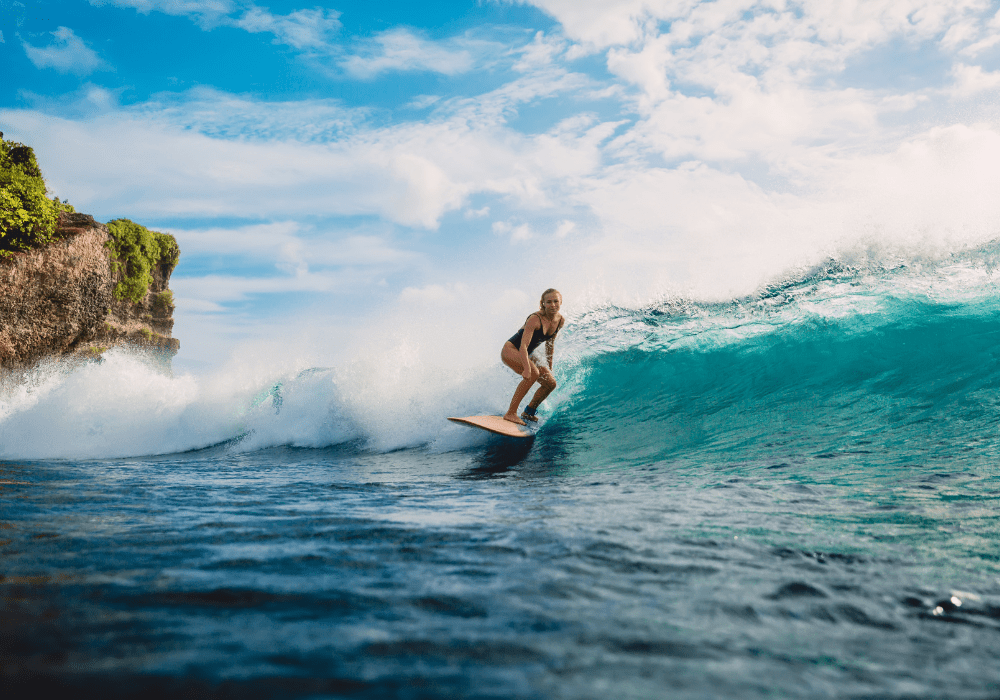
Virgin Islands National Park
Location: United States Virgin Islands
Features: Hiking, snorkeling, scuba diving, boating
Table of Contents
About the Virgin Island National Park

The Virgin Islands National Park is an American national park preserving about 60% of the land area of Saint John in the United States Virgin Islands, as well as more than 5,500 acres of adjacent ocean, and nearly all of Hassel Island, just off the Charlotte Amalie, Saint Thomas harbor.
The park is well-known for scuba diving and snorkeling, and has miles of hiking trails through the tropical rainforest. Virgin Islands National Park is more than just beautiful beaches. It also owns the ridge tops to the reefs providing protection and preservation for tropical and migrating birds, fish, corals and other marine life, as well as some 800 species of plants. Two-thirds of the island of St. John is national park, making it a unique destination for visitors from around the world.
Top 3 Adventure Hacks For The Virgin Islands National Park
1) Diverse Hiking
Hiking is one of the most popular activities on Virgin Islands National Park. It provides a wide variety of hiking experiences, short and long hikes ranging from 15mins to 2 hours. The park has more than 20 trails to choose from, be it along the beach or even under water. For the adventurous, you can put on your hiking shoes and take the Reef Bay Trail down to the petroglyphs, and then down to the old Sugar Mill which is near a lovely beach.
No matter what the adventure, always be sure to bring the necessary outdoor gear with you.
2) Note Safety Tips
Be sure to check and stop by the Visitor center bookstore to get a copy of the hikers guide to virgin island national park. Stay on the trails and do not eat any of the fruits or berries. Check out the Plants to Avoid brochure to help you identify plants you should avoid. Some plants can cause a rash, or sting, and others are poisonous. In the water, use reef-safe sunscreen, always remember to just look but don’t touch any marine life, those are fragile, and some may sting or bite if you touch or disturb them.
Stay connected to the parks helpful information hub to know more about marine life to avoid.
3) Expect Variable Weather
It is always best to check the local forecast and current road condition before planning to visit the park. Virgin Islands National Park has a tropical savanna wet and dry climate. Tropical climates have an average temperature of 18 °C or higher in every month of the year, with significant annual precipitation. The park experiences very little temperature variation between summer and winter, while the sea is warm year-round. The main tourist season is from December to April, which are the driest months.
Been to this national park recently?
Rate it and tell us about your experience!




